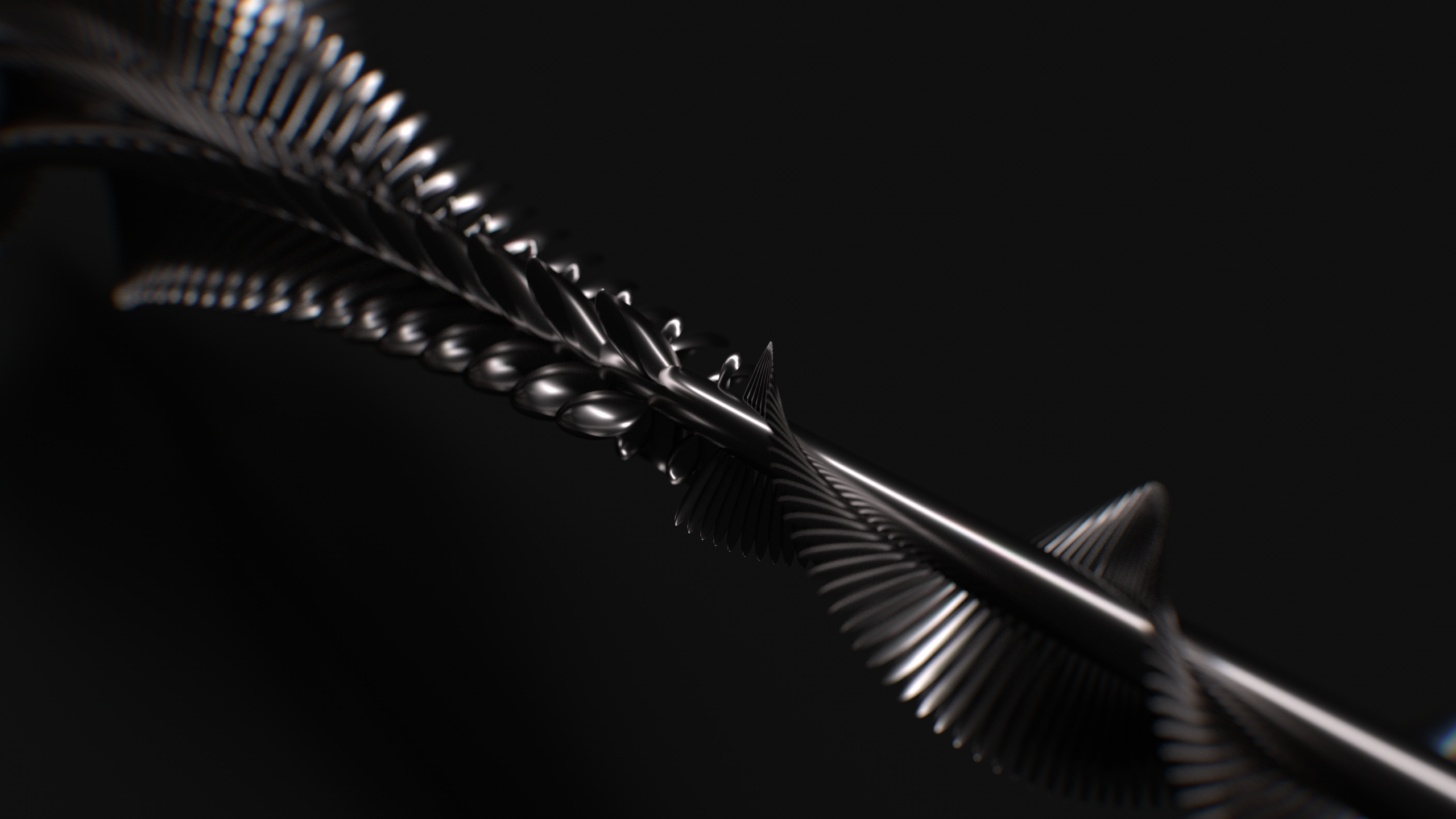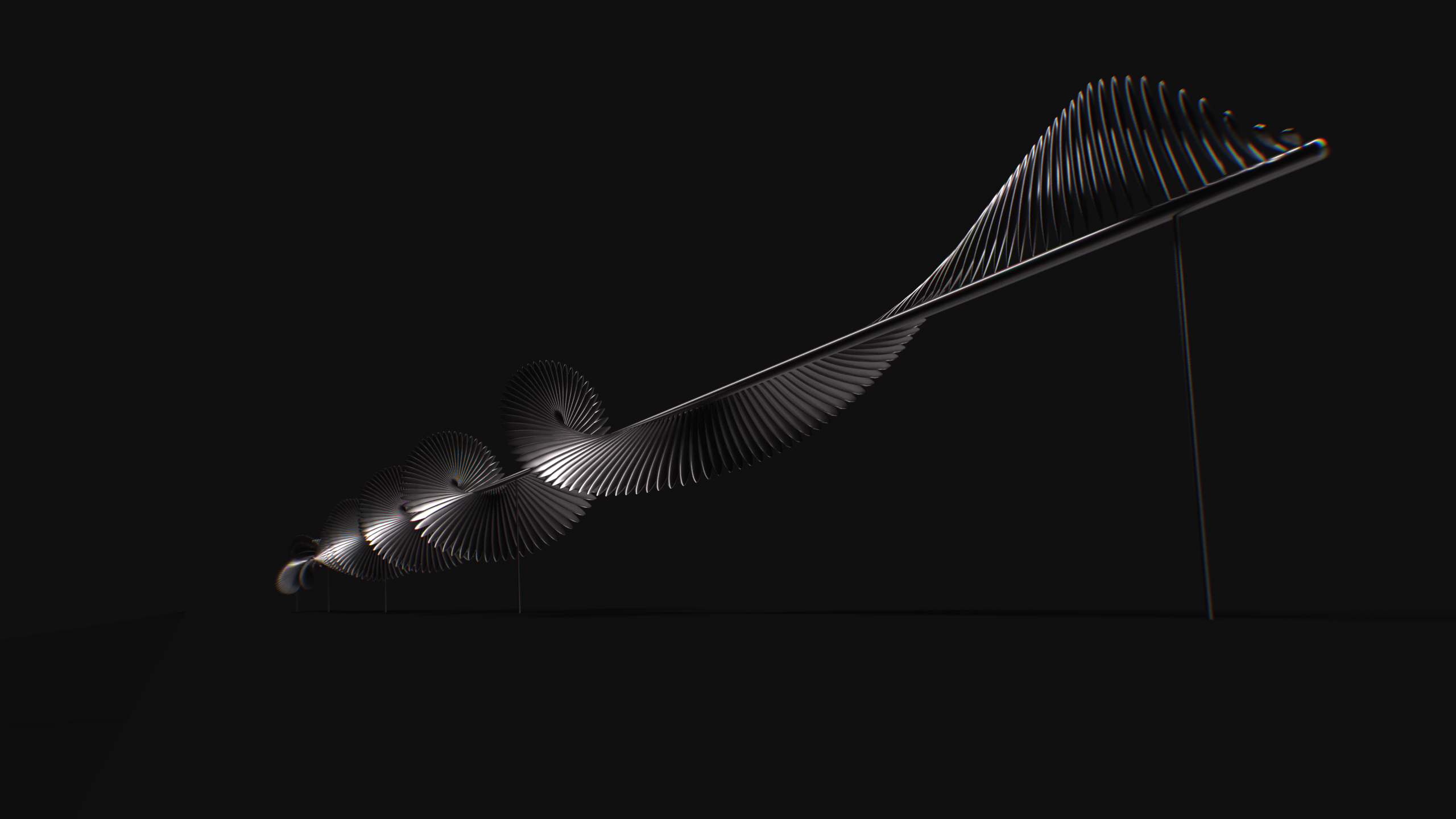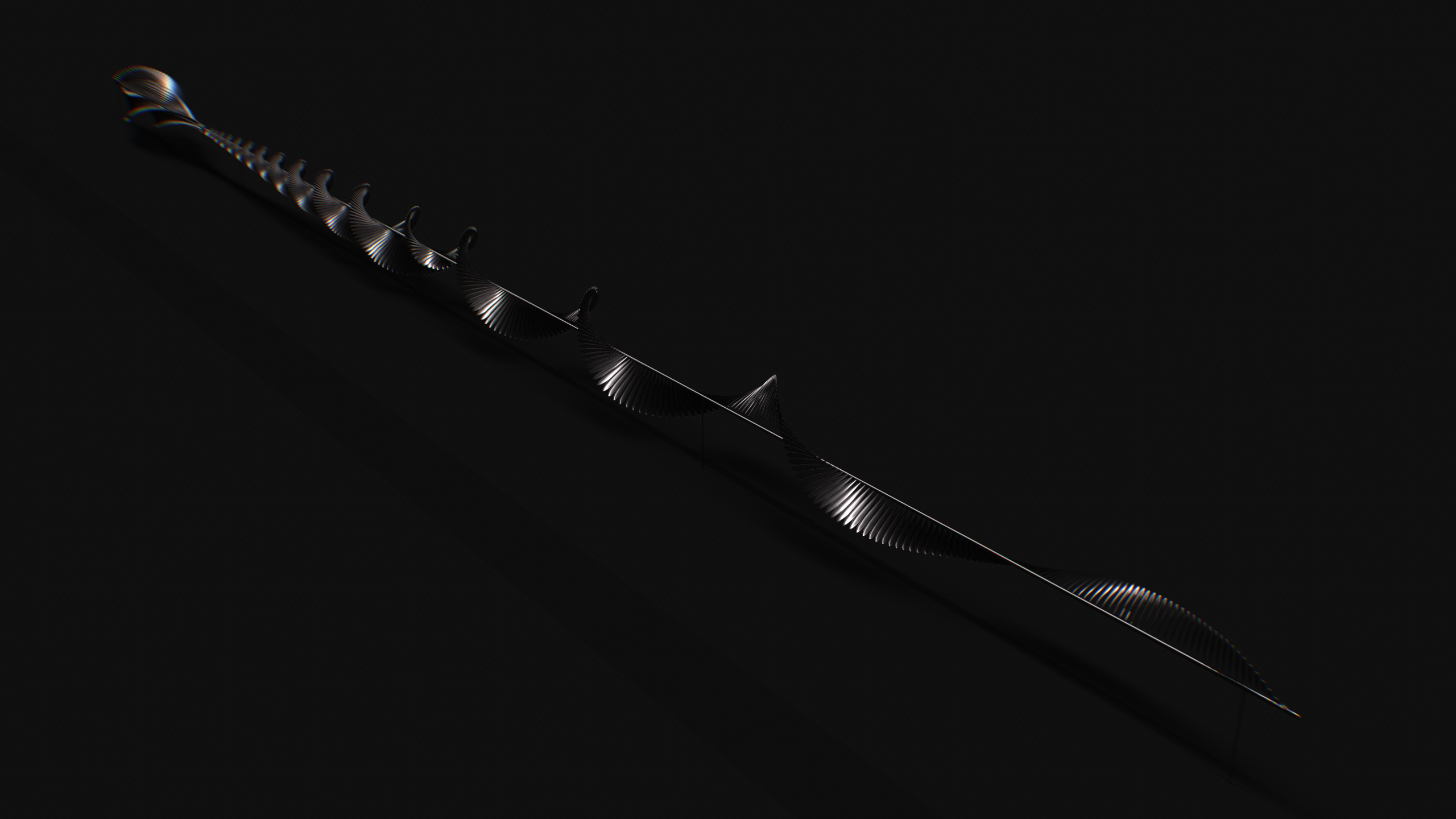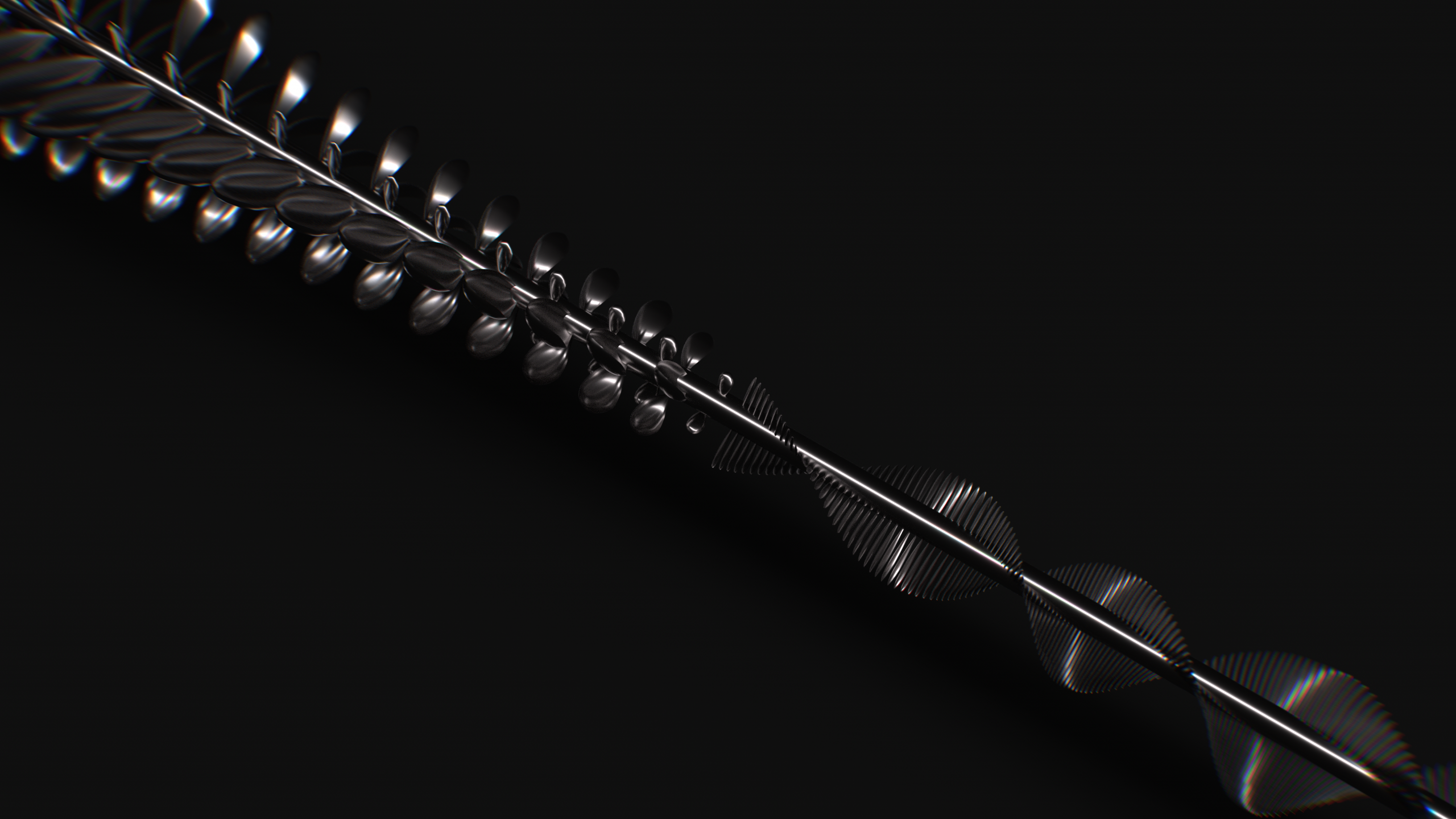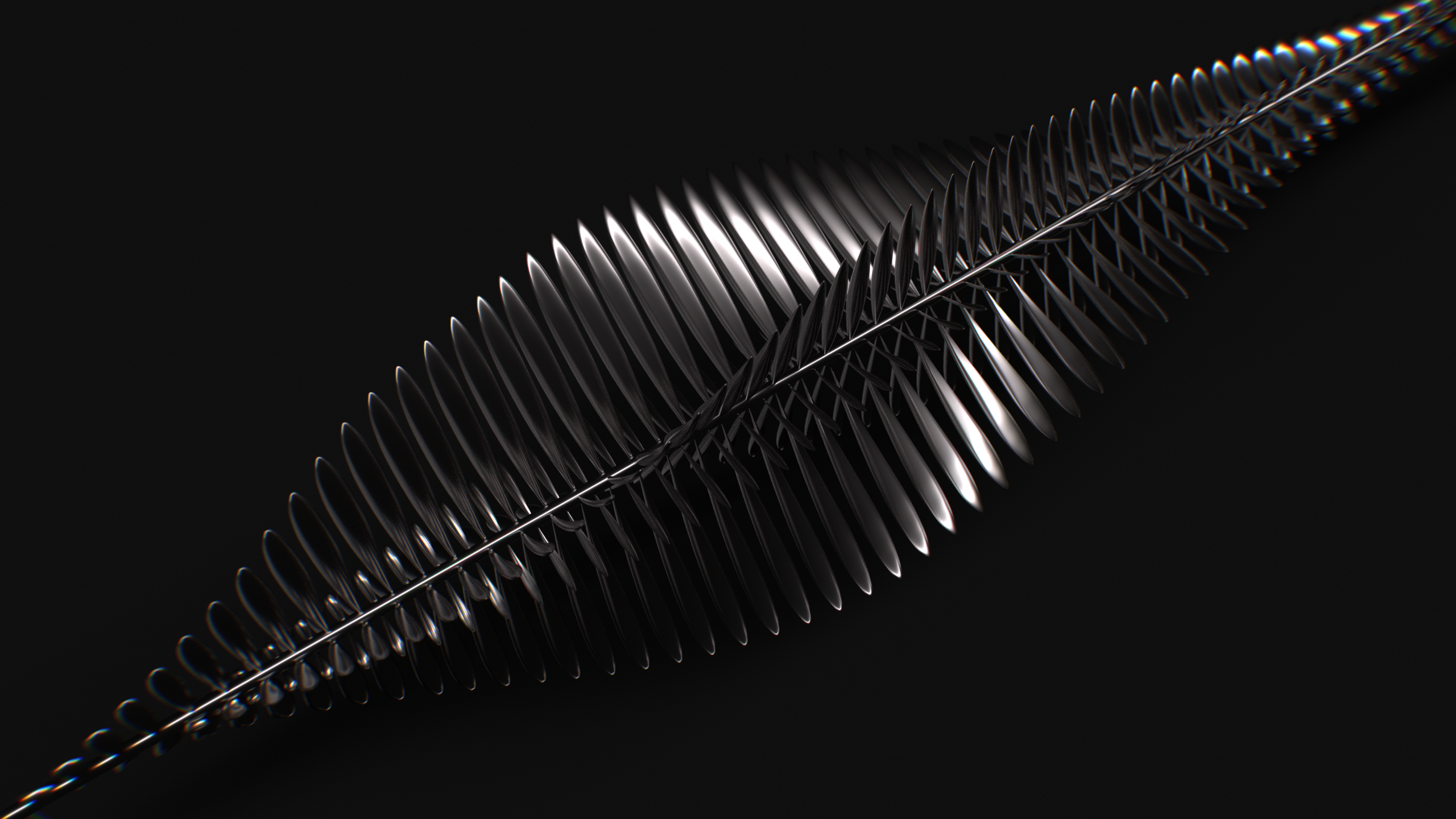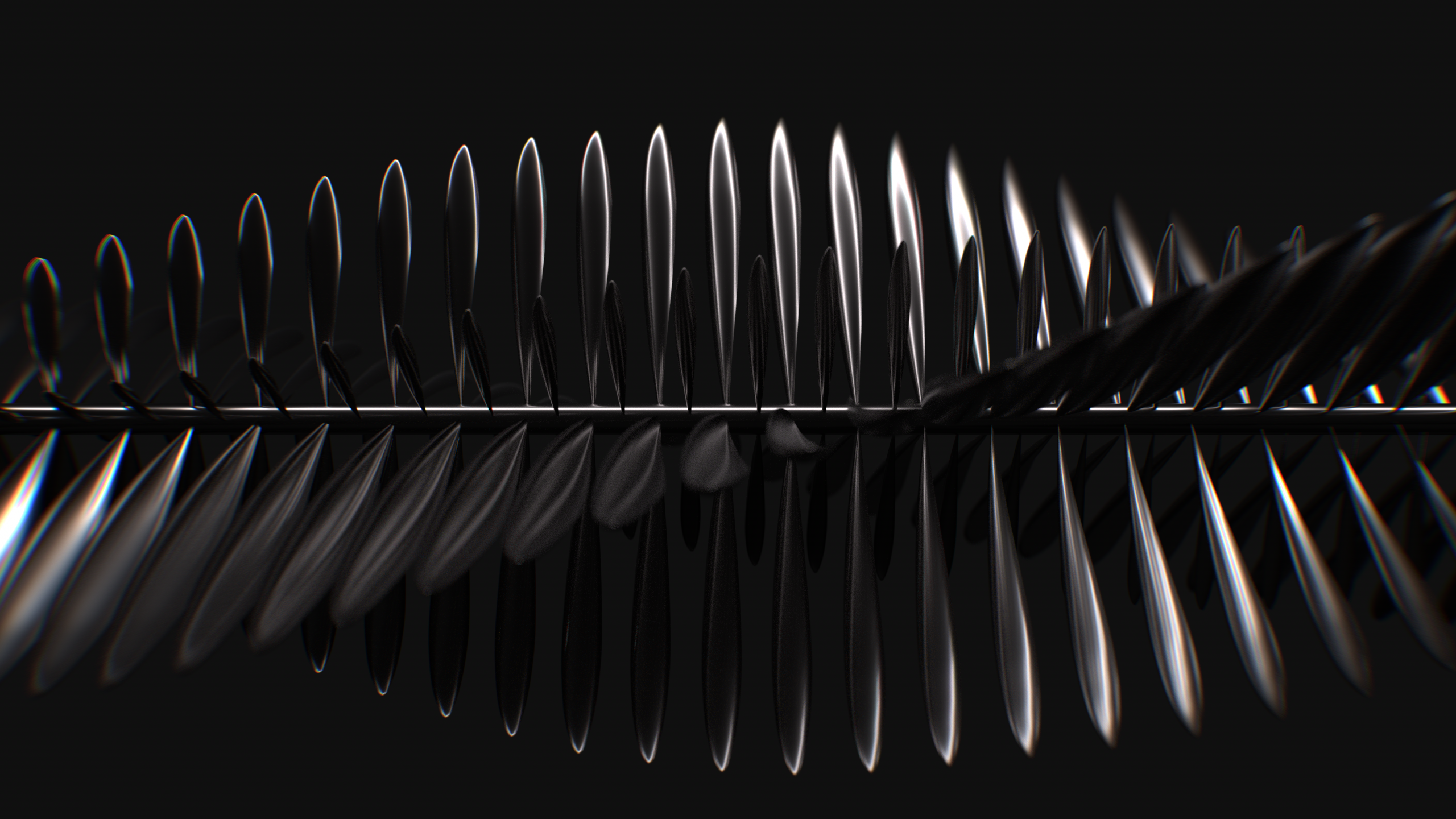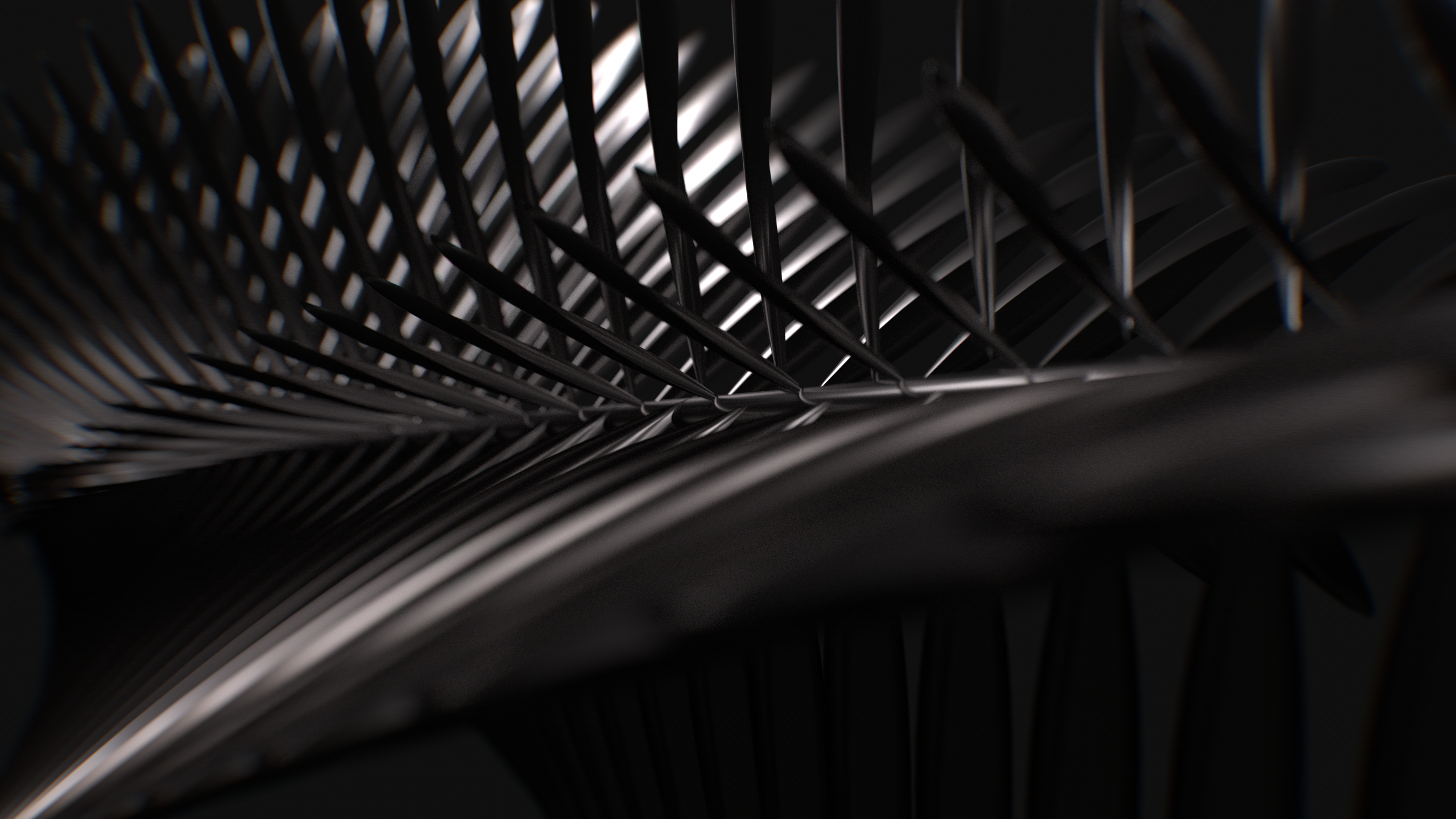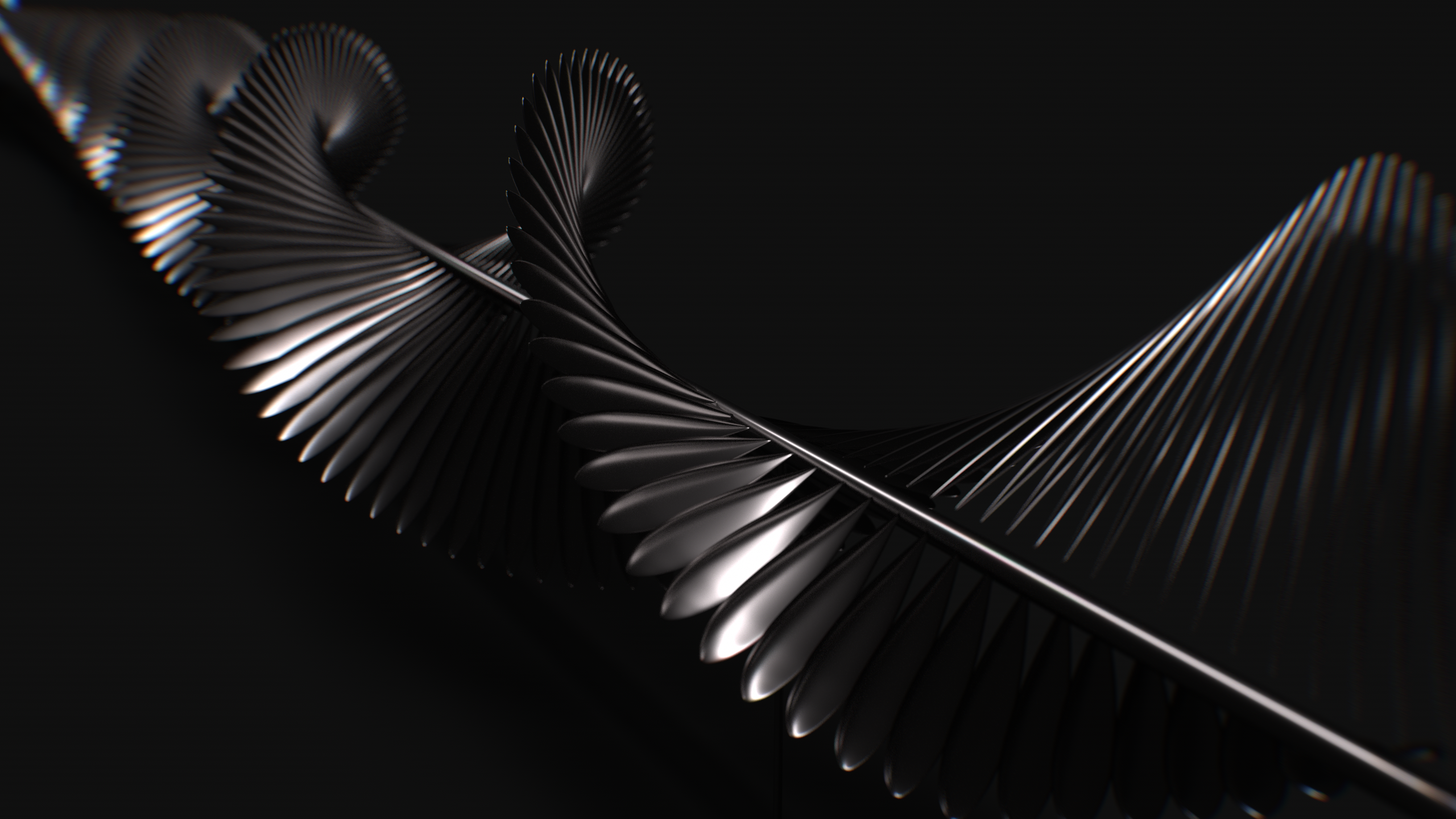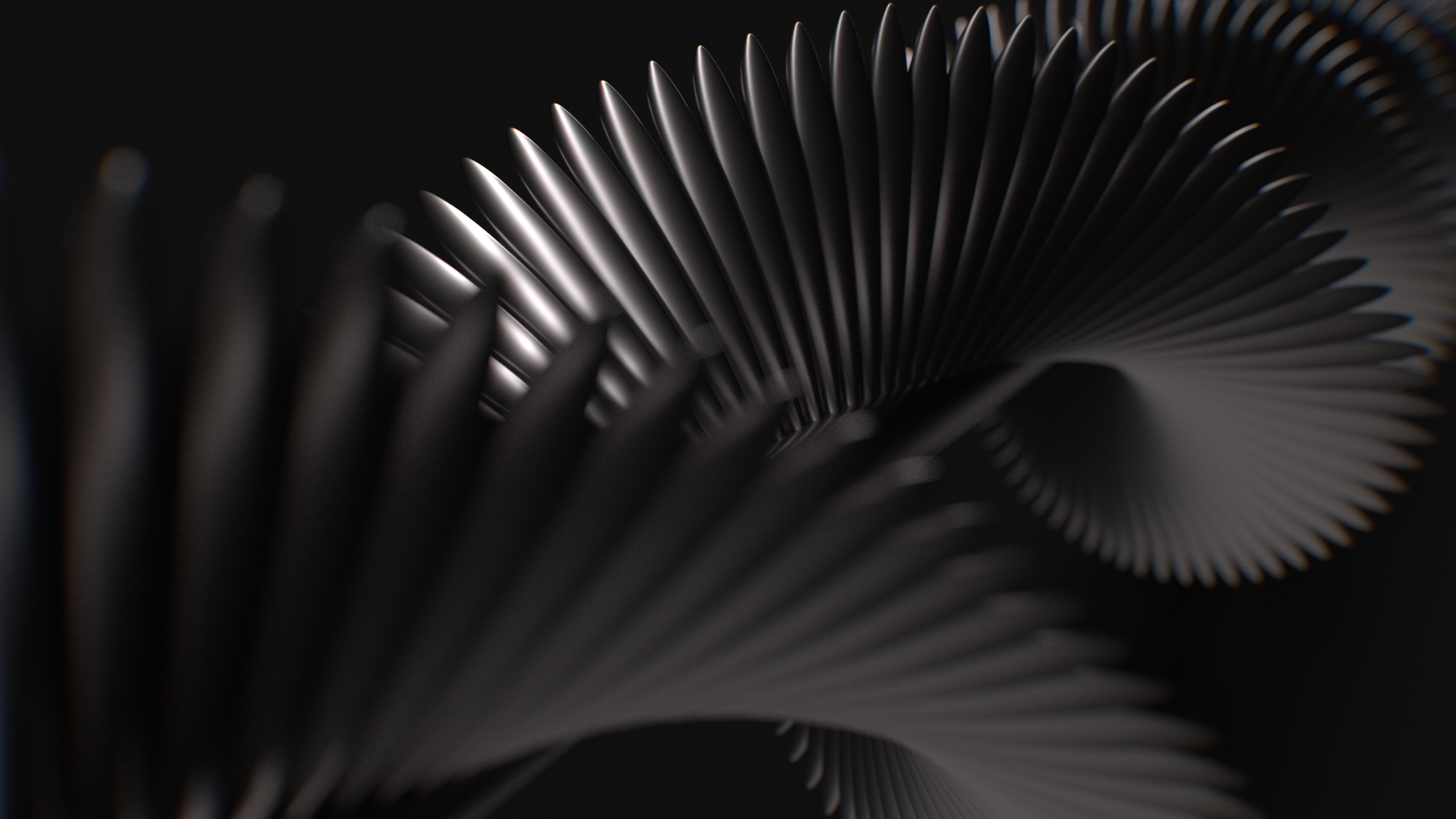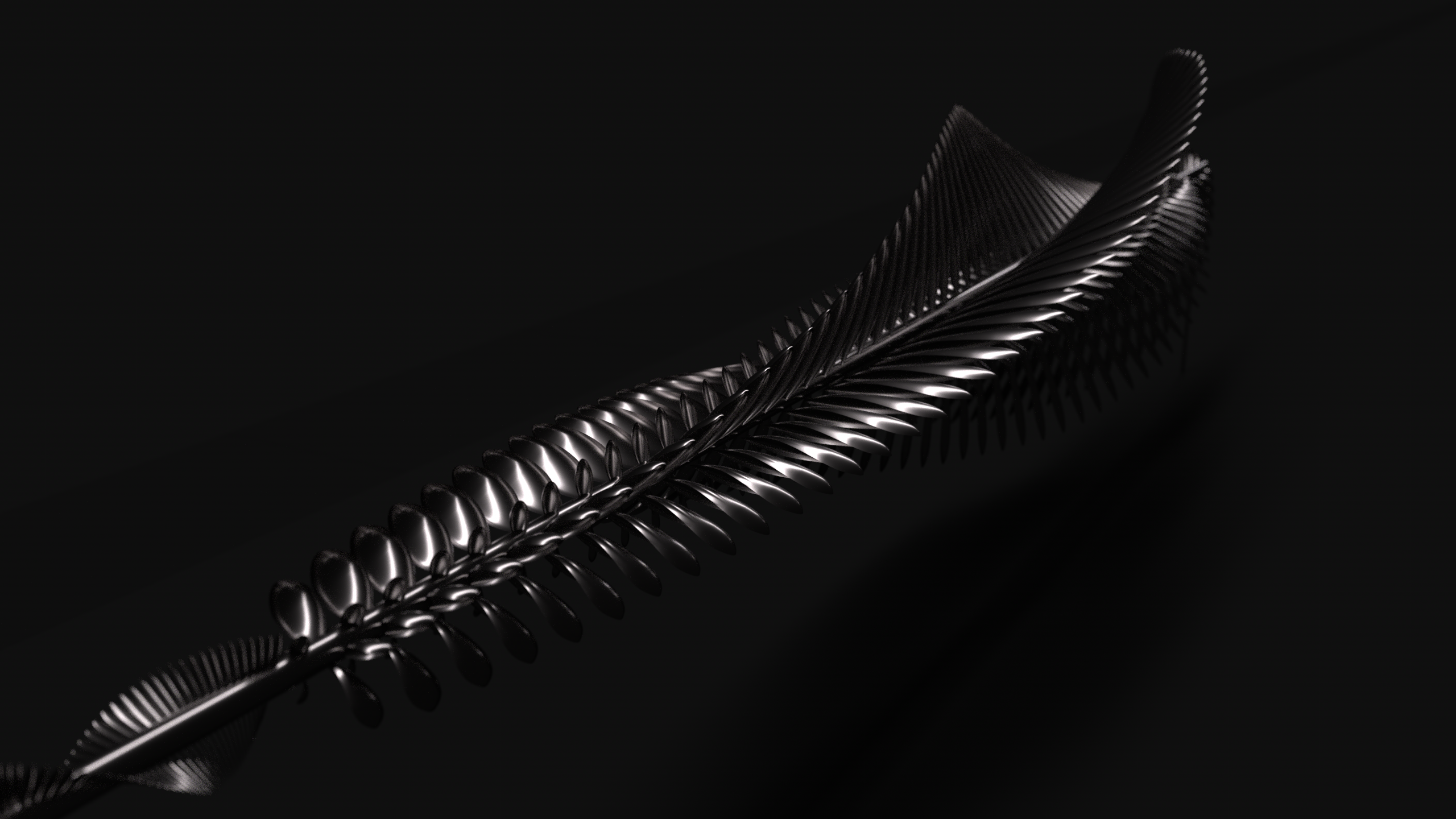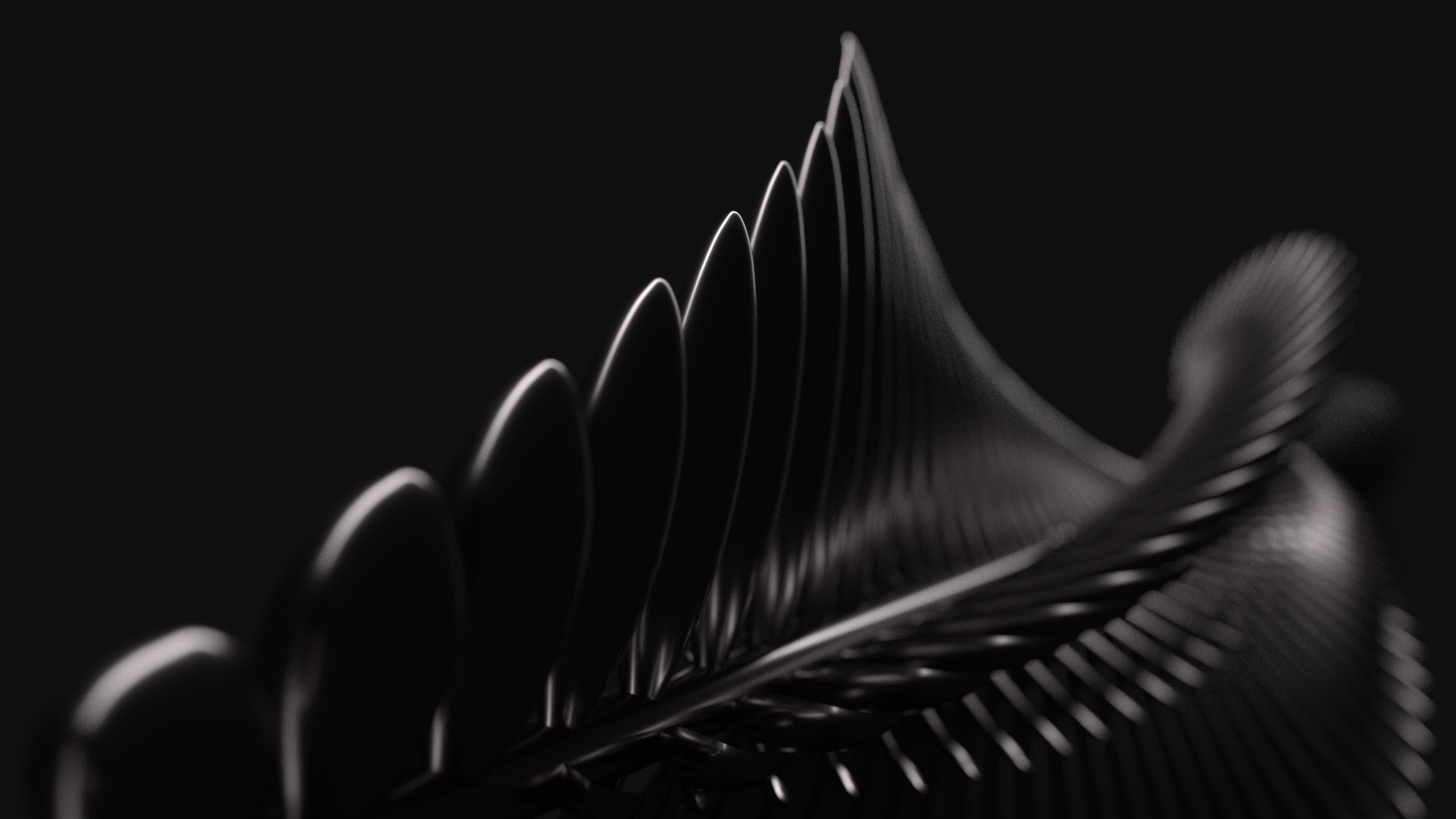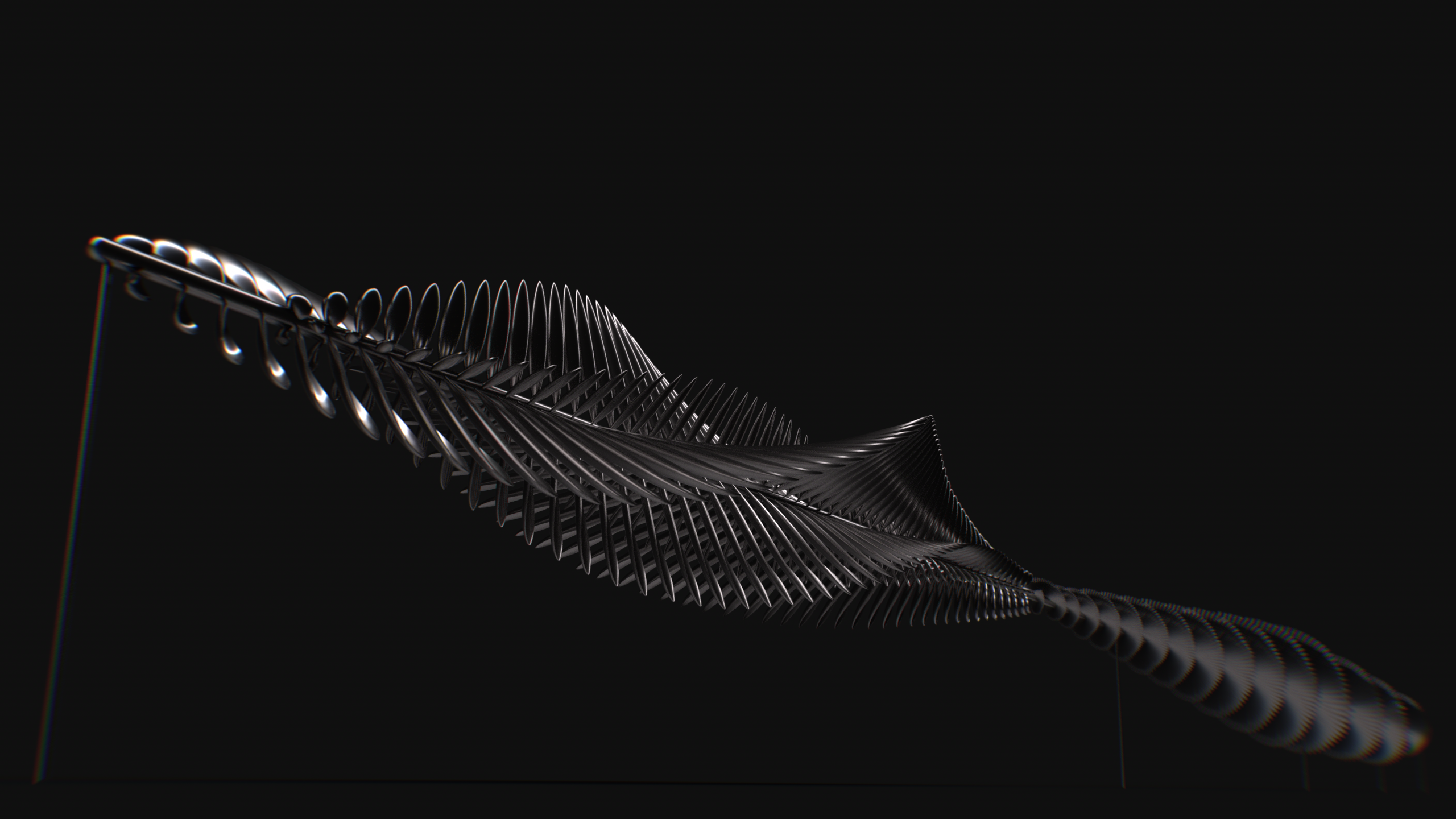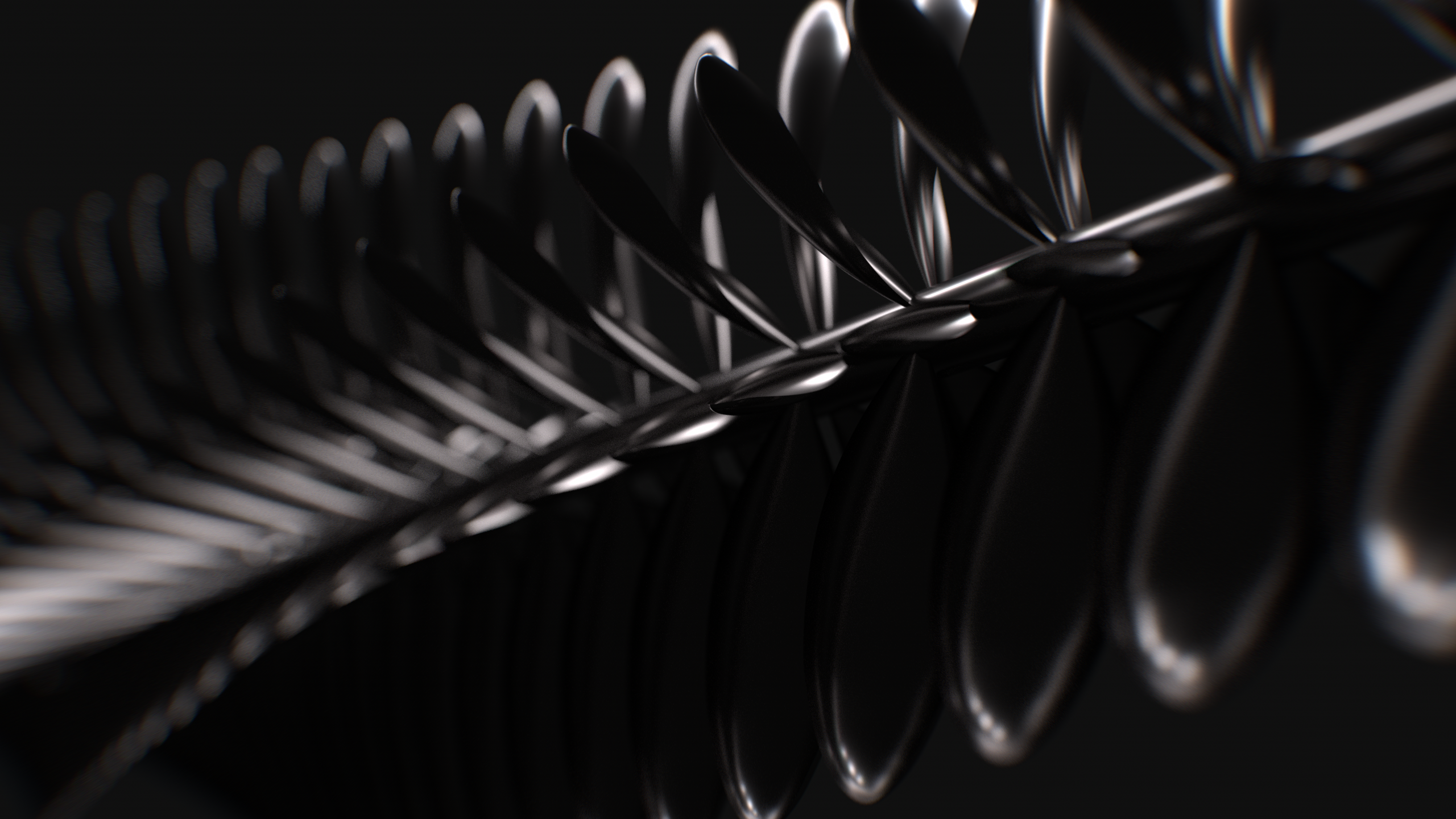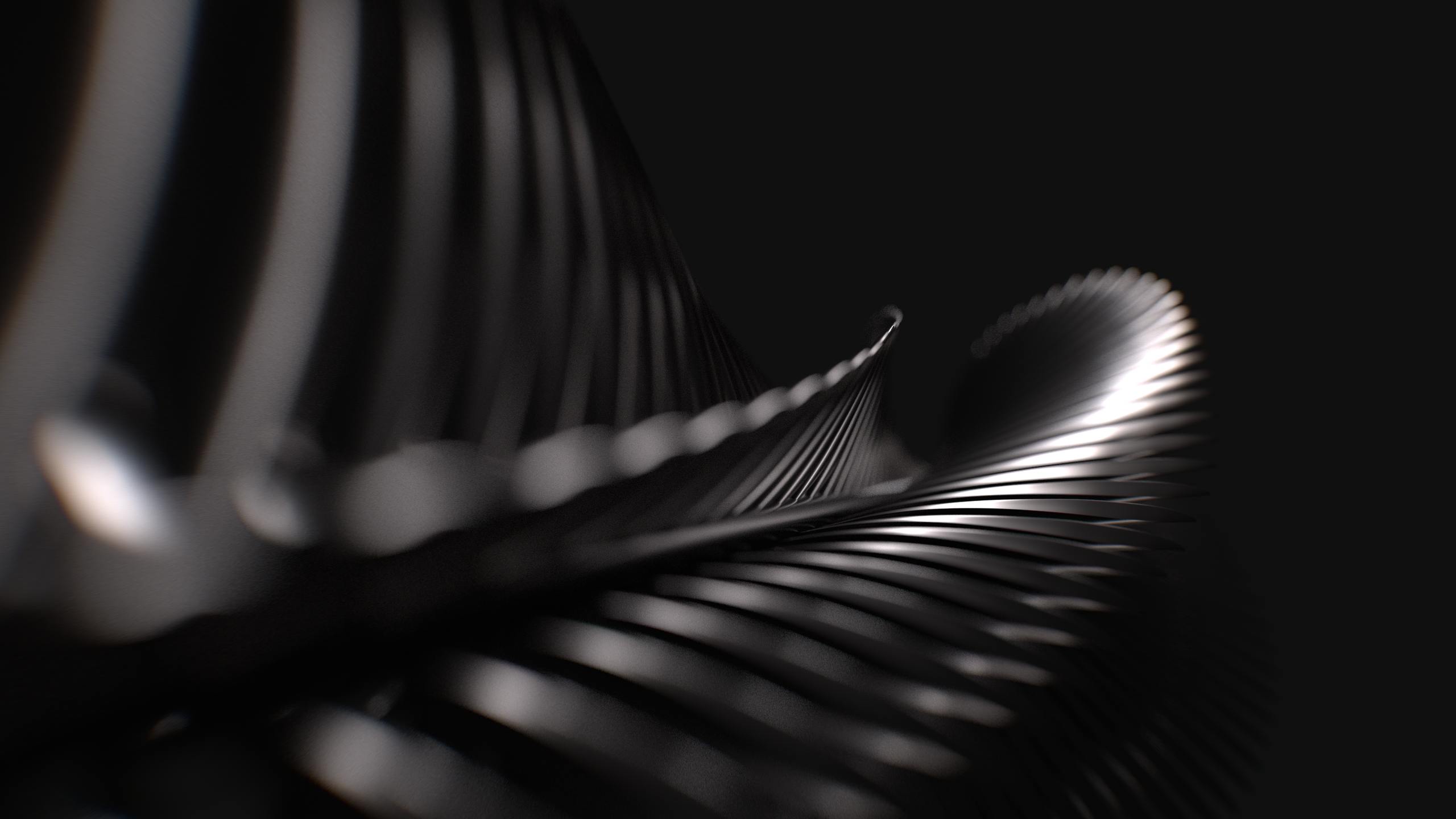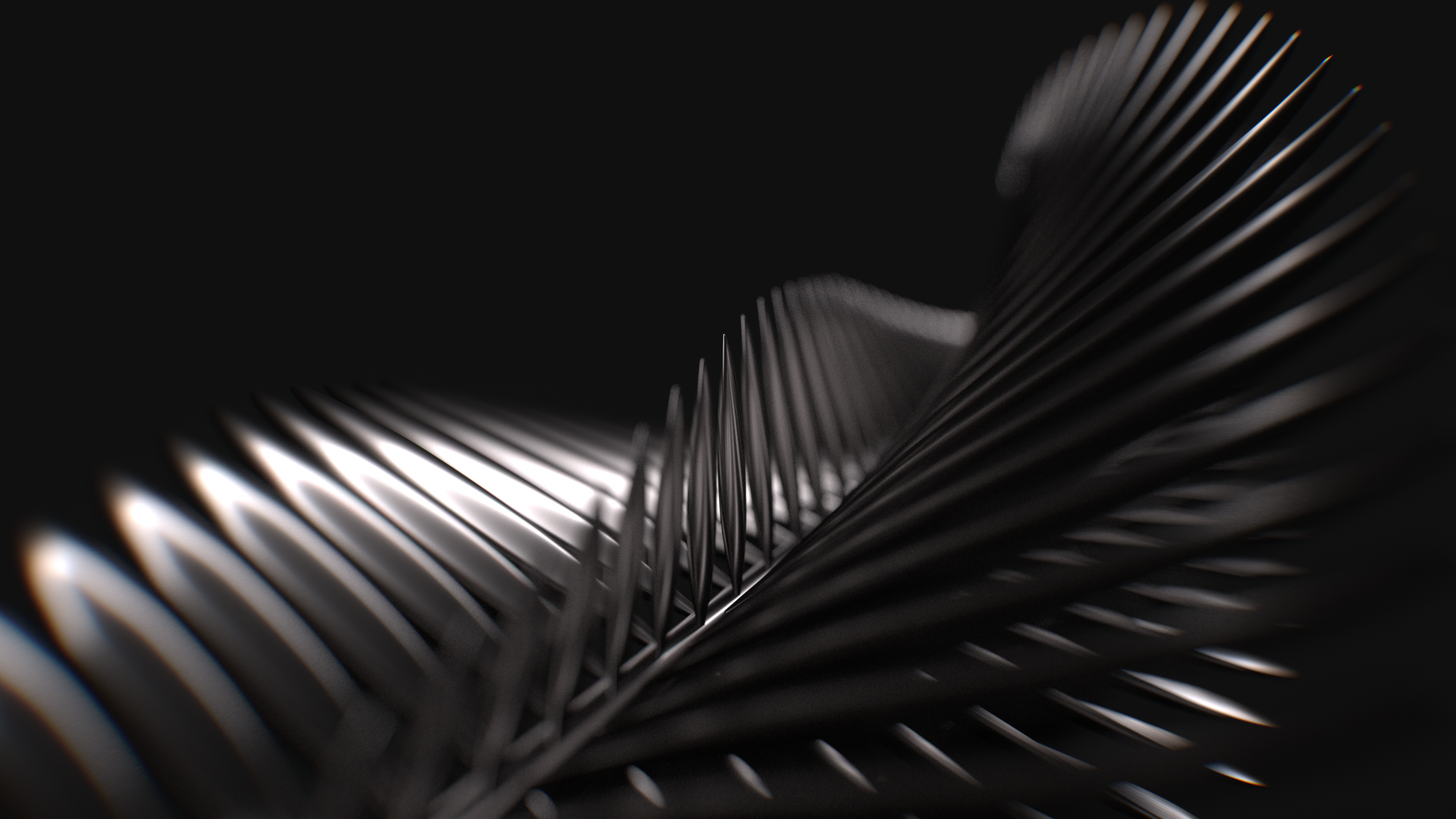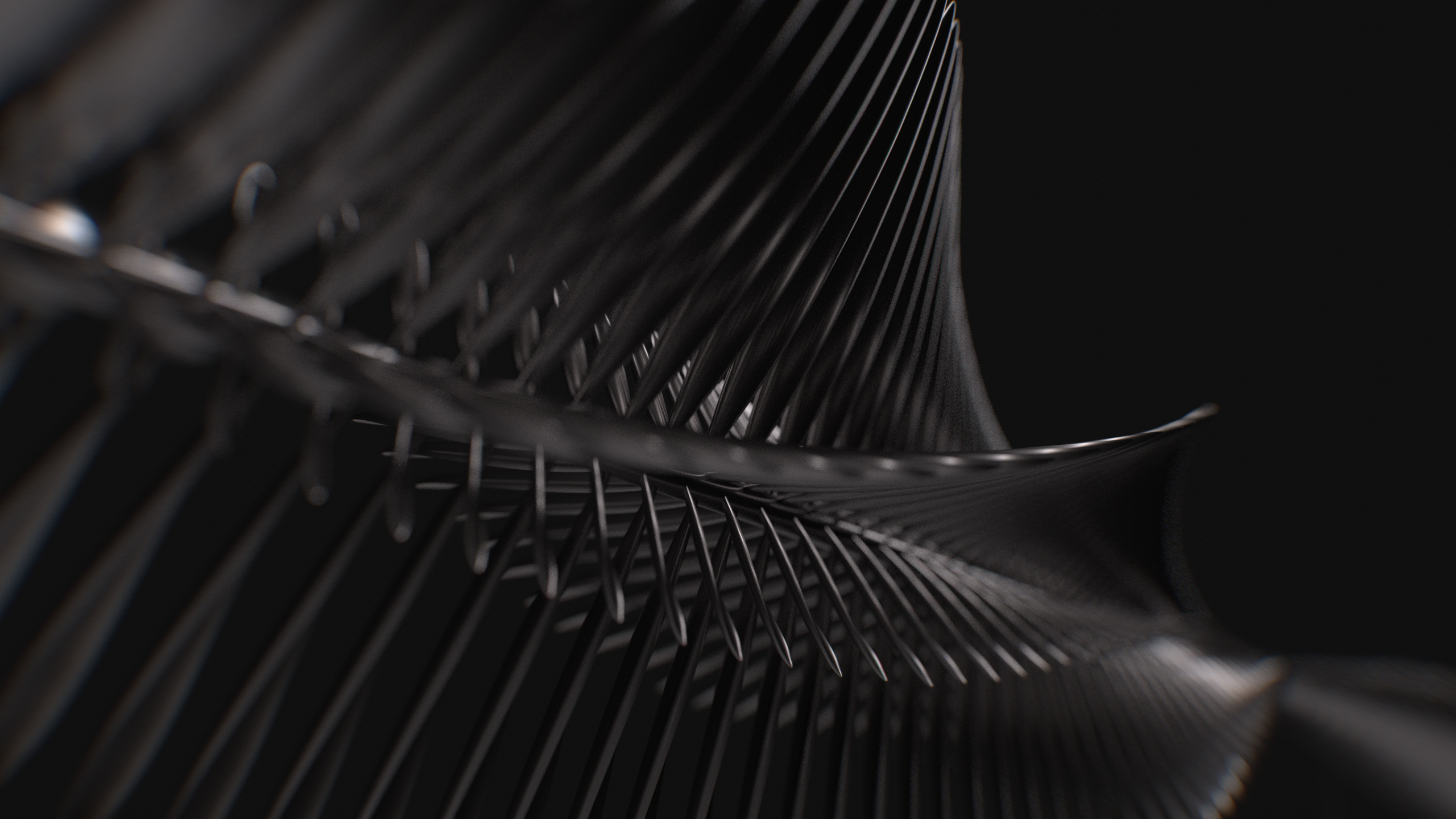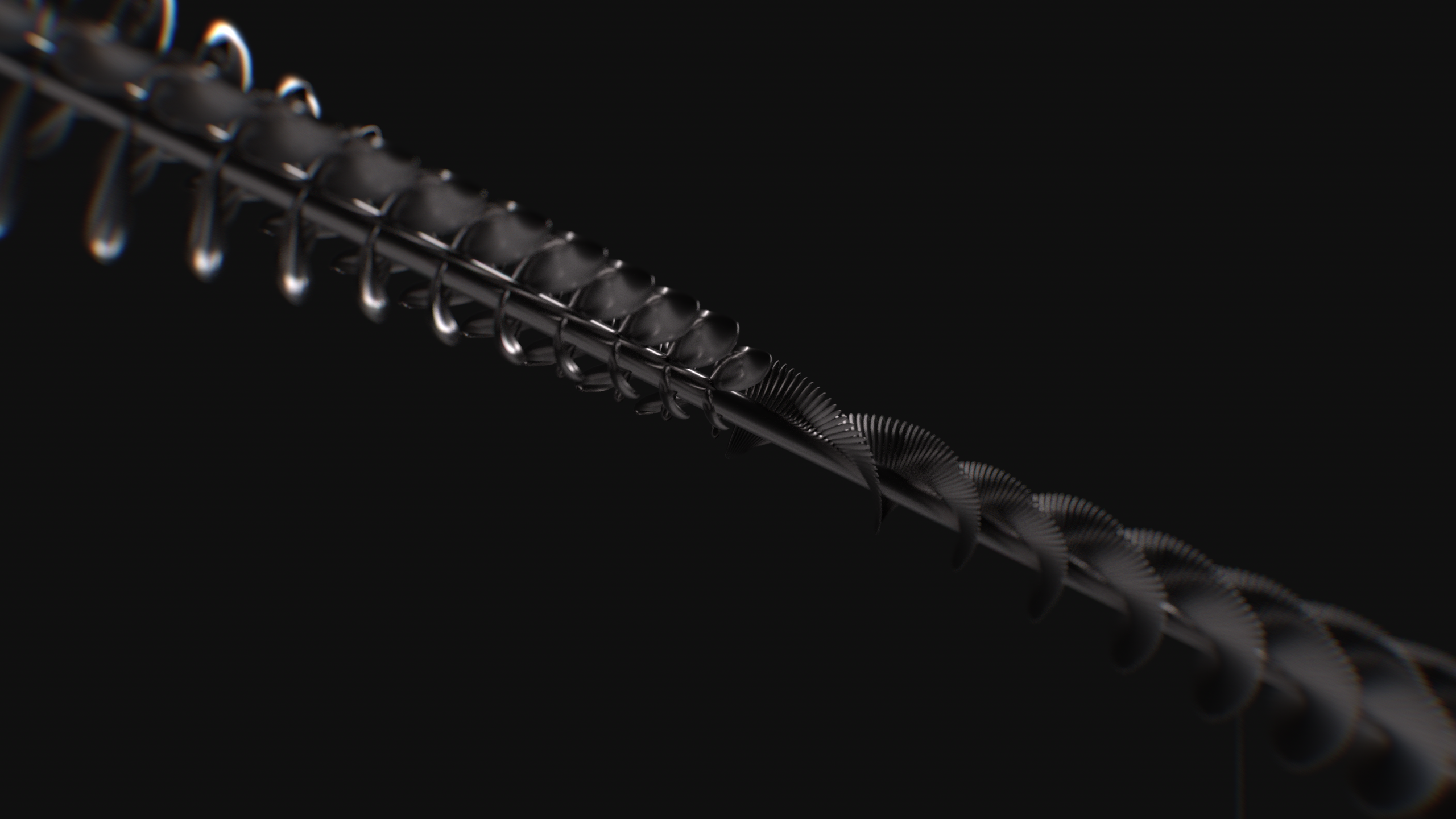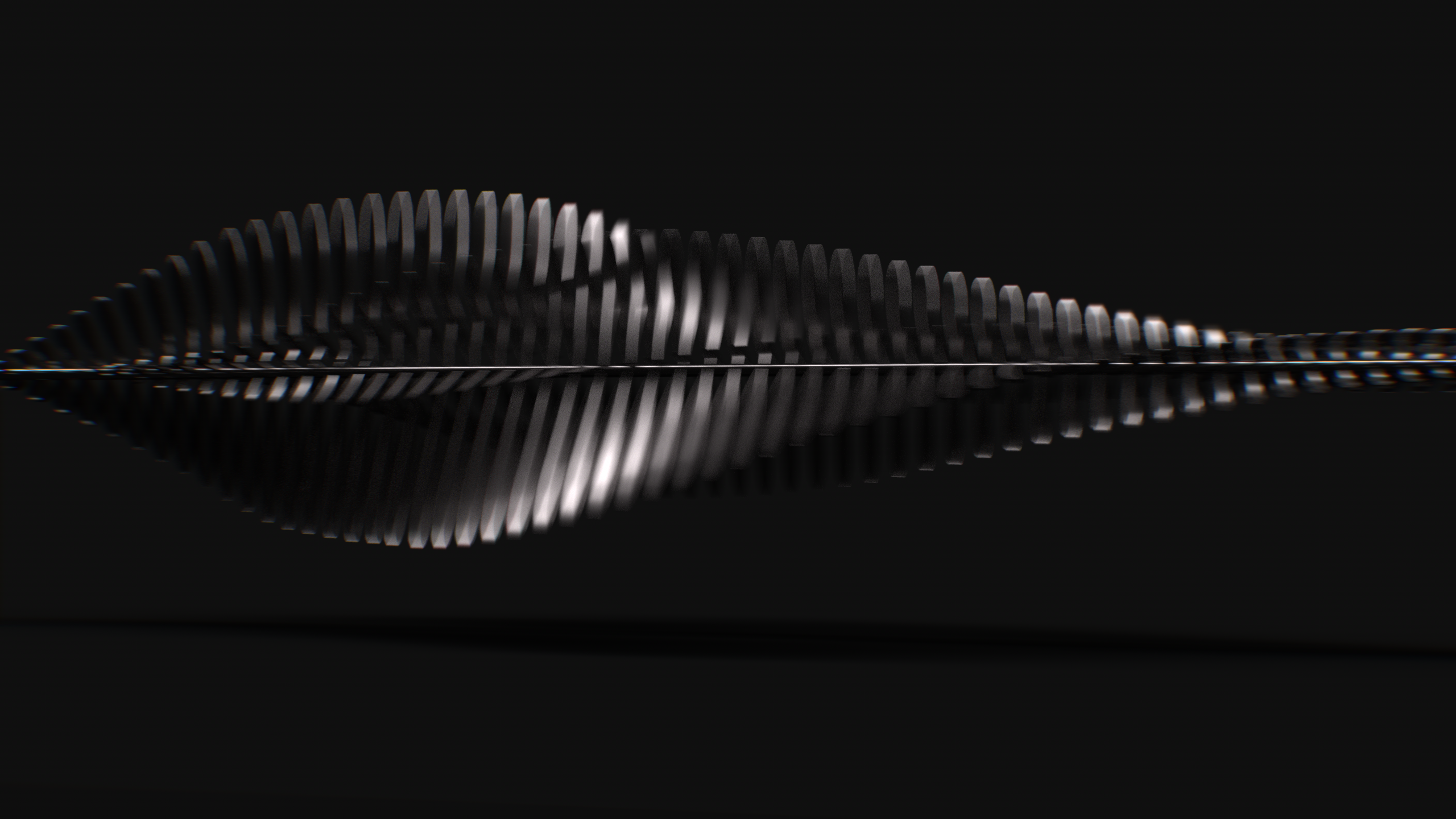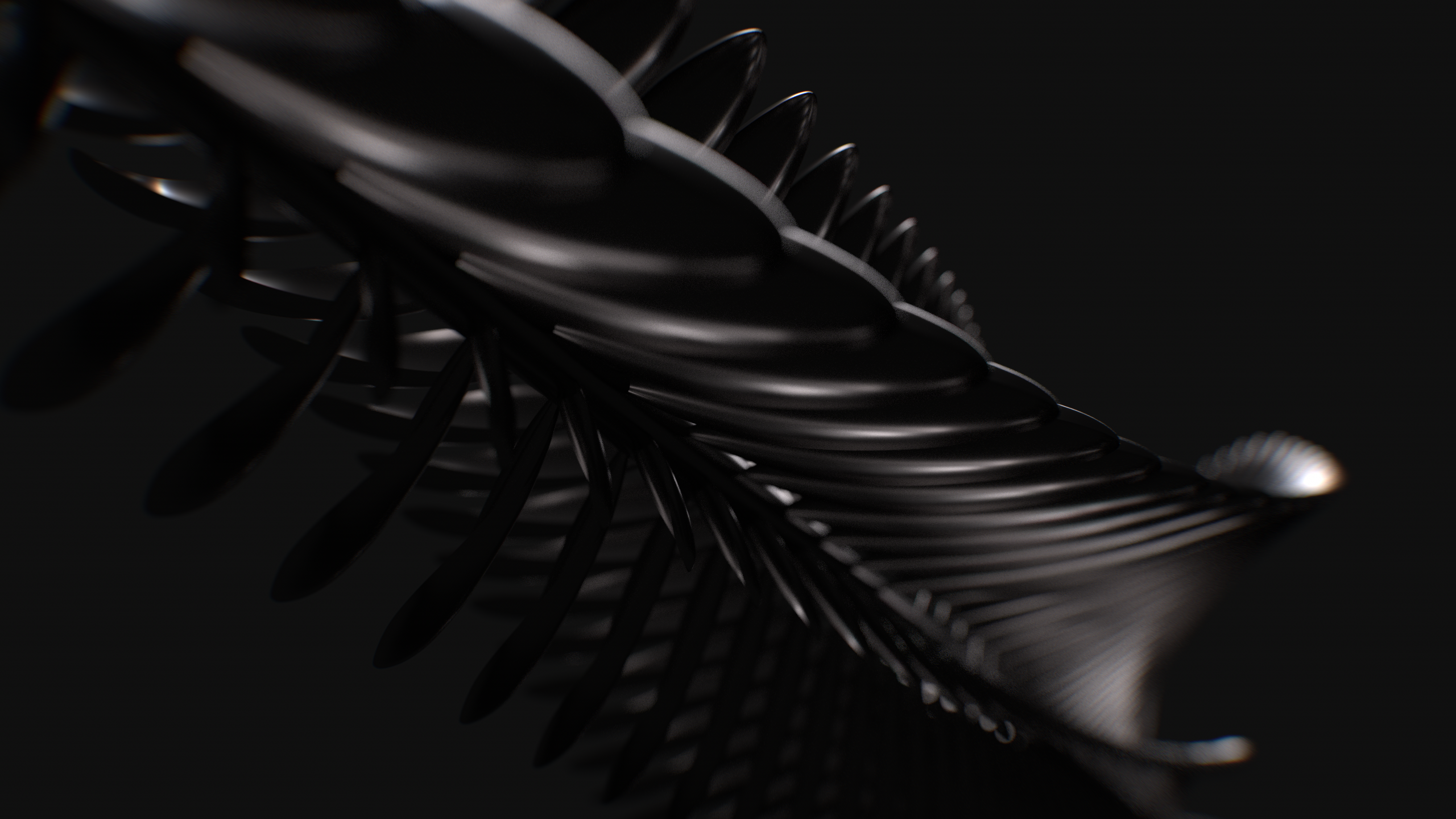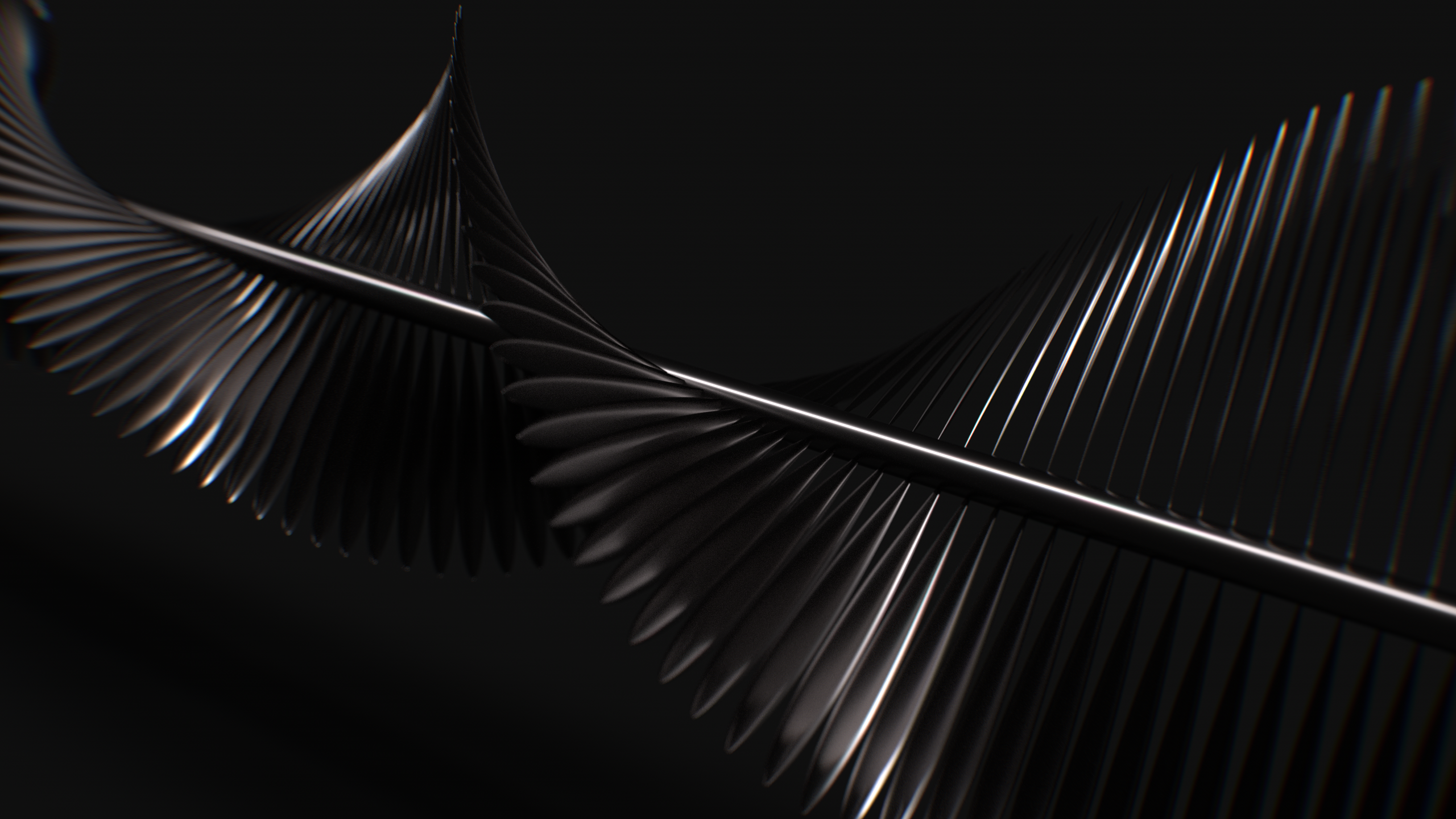Budapest Liszt Ferenc International Airport
Landmark Project
In designing this concept, my primary considerations were sustainability, self-sustaining operation, green energy, continuous motion, interactivity, recognizability, and the incorporation of wind energy — particularly the structure’s ability to move in harmony with the wind.
The most important aspect, however, was ensuring interaction with passengers arriving by car to the airport. The installation visualizes the simplified stages of air travel, emphasizing the notion of transition — of crossing boundaries. The landmark's lines and its blade-like components simulate a collective flow of movement, referencing the airport, the aircraft, and the act of flying itself as points of convergence.
Core values of implementation:
– Continuous Motion
– Interactivity
– Recognizability & Identifiability
– Symbiosis with the Environment
– Sustainability
– Green Energy
– Weather Integration

The prevailing wind direction is northwesterly, running parallel to both the highway and the landmark itself.
Its operation is entirely self-sustaining, powered by wind energy.
Any surplus energy is redirected toward synchronizing the movement of the blades, illuminating the structure, and operating its maintenance system.

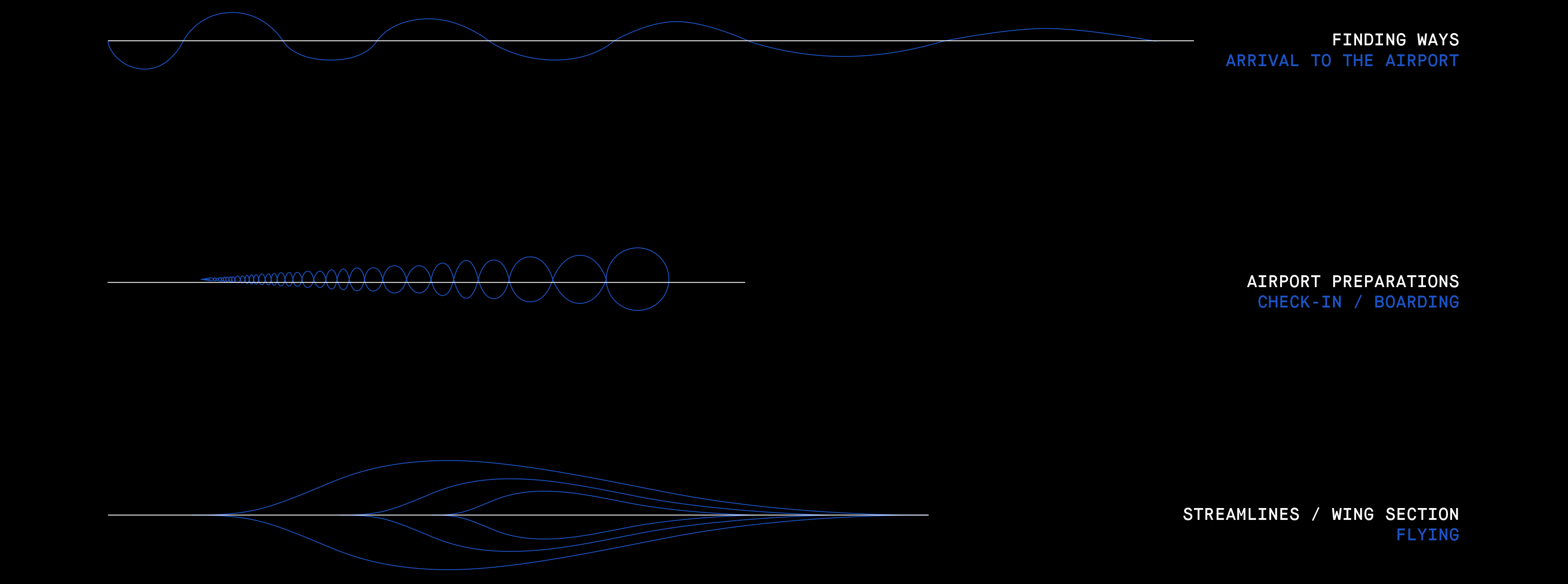
The structure is entirely self-sustaining, set in continuous motion by the strength of the wind. As wind intensity can vary horizontally across different segments of the landmark, synchronized movement is achieved via a segmented axle system. This coordination allows the overall motion to always operate at an optimally balanced speed, adapting dynamically between extremities of wind intensity.
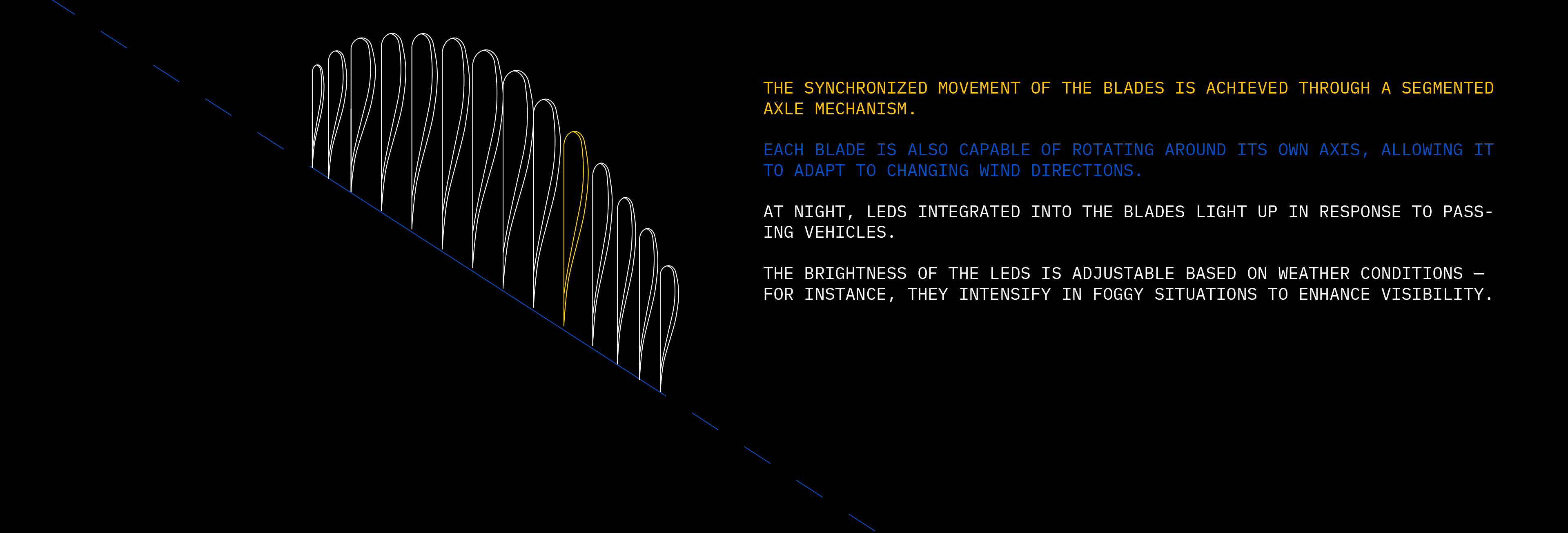
As the rotation occurs in a clockwise direction — matching the visual flow when looking outward from arriving vehicles — it creates the illusion of accelerated passage. This optical effect makes passengers feel as though they are moving faster than they actually are. The intent is to amplify the sensation of boundary crossing; to invite viewers, as they pass the landmark, into a perceptual shift — dissolving into the airy wonder of flight.
When approaching from the airport, however, the movement is reversed, producing a decelerating illusion. This subtle shift in perception reflects the act of arrival — a reversal of scale, a gentle return to groundedness.

Due to its scale, the primary challenge lies in the construction and installation of the artwork on-site.
Once in place, however, its maintenance is far more manageable. A built-in rail system allows for continuous accessibility and serviceability.
The structure’s horizontally segmented design further facilitates the repair and replacement of individual components — such as panels or blades — as needed. Proper foundation work ensures the required structural stability, allowing the object to withstand even stronger wind conditions.

© 2025 KRSZTNNGY. All Rights Reserved
